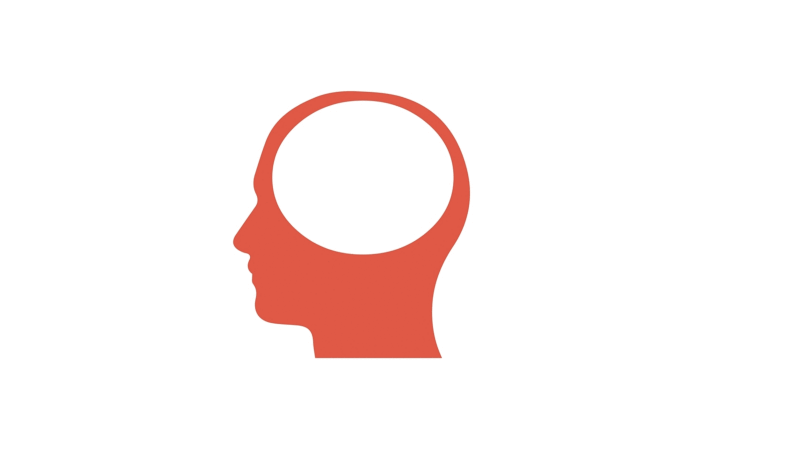CBT: The Most Effective Therapy For Anxiety And Why It Works

This is an easy introduction to Cognitive Behavioral Therapy (short: CBT). It’s for you if you experience anxiety and don’t really know what CBT is or how it works. We won’t get too technical here, we just focus on the core idea behind this approach.
Cognitive Behavioral Therapy has been used for decades and many researchers and therapists consider it the most effective treatment option for anxiety. It’s a combination of strategies that helps people understand the relationships between their thoughts, feelings and behaviors. And it all builds on one core insight:
Thoughts drive emotions.
In other words, our thoughts — and not what happens to us — cause our feelings. It’s not the situation itself that makes us anxious. It’s our perception of the situation.
To really understand that, let’s take a closer look at this process. Here’s how that plays out in your head:

- It always starts with something happening around you. There’s an external event. For example, you could be strolling through a park and notice a wild dog running towards you.
- What happens next is that your brain perceives that event and interprets what this event could mean. In other words: it comes up with a thought about that event. In our example: ‘Oh my gosh, this dog wants to bite me!’
- This interpretation triggers an emotion and a behavior. In this case, you feel a burst of fear and you run away.
Let’s continue this example:
- After running for a minute, you turn around another corner and you stop running. You look around and the dog’s gone.
You now believe that you’re safe. Your automatic thought is: ‘Phew, I made it.’ - As a result, you feel a slight relief and your body starts to calm down again. You walk on.
- We could go on and on. Whatever you do and whatever emotion you experience, it will always follow this pattern. (1) Event -> (2) Thought -> (3) Emotion and Behavior.
Now what Cognitive-Behavioral Therapy says is this: Emotions like anxiety always come from irrational thoughts.
“I’m a total loser. Never get I anything right.”
“Nobody likes me. I’m a second-rate person.”
“What if my work isn’t good enough? I’m going to lose my job.”
And if we want to change anxiety, we have to learn how to first recognize those irrational thoughts and then we can change them. That’s the key strategy that CBT offers:
If we want to change anxiety, we have to learn how to change our thoughts.
If we want to become better at this, there are a few skills we need to build:
- Learn to recognize distorted thoughts
- Challenge them and come up with alternative interpretations
- Tolerate uncertainty
- Learn to treat ourselves more kindly
Over the years, a variety of different techniques have been developed to help build these skills. Just like learning to play tennis or piano, they take a while to master. But by applying these techniques regularly, we learn to break the cycle of thoughts, feelings and behaviors that causes anxiety. And — as research shows — this can make a real difference.
Learn to manage anxiety in only 5 minutes per day
